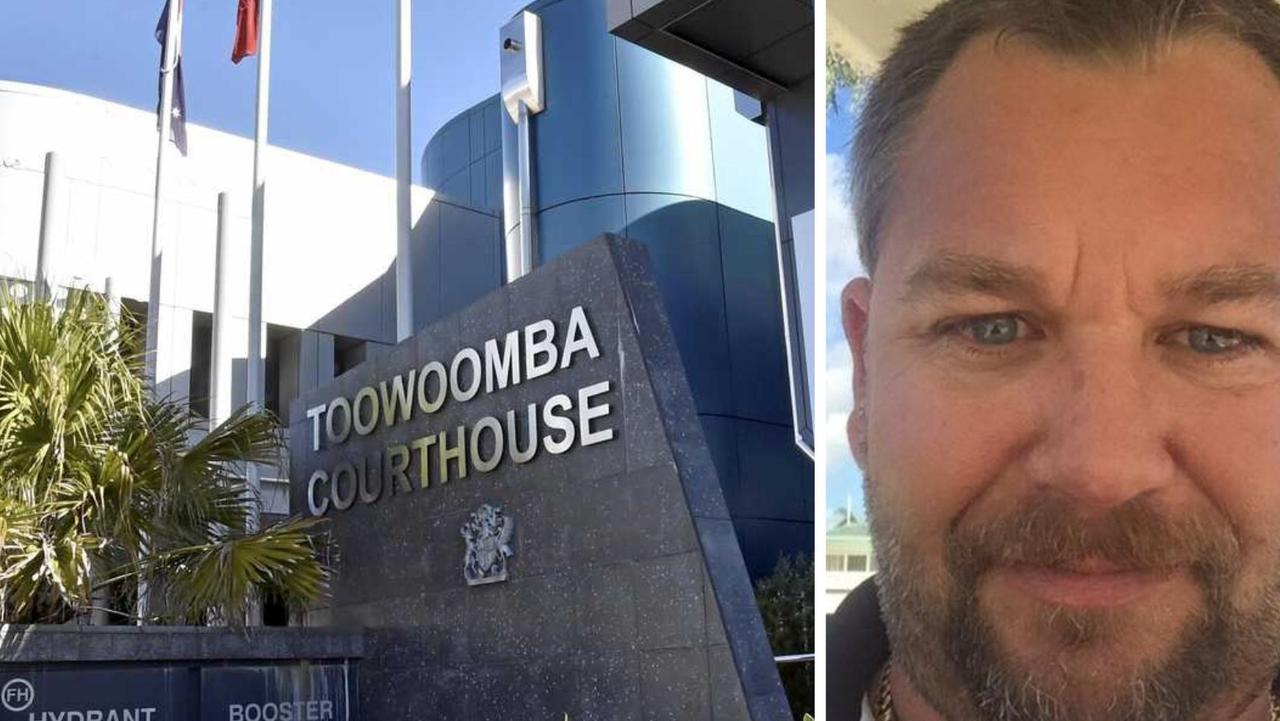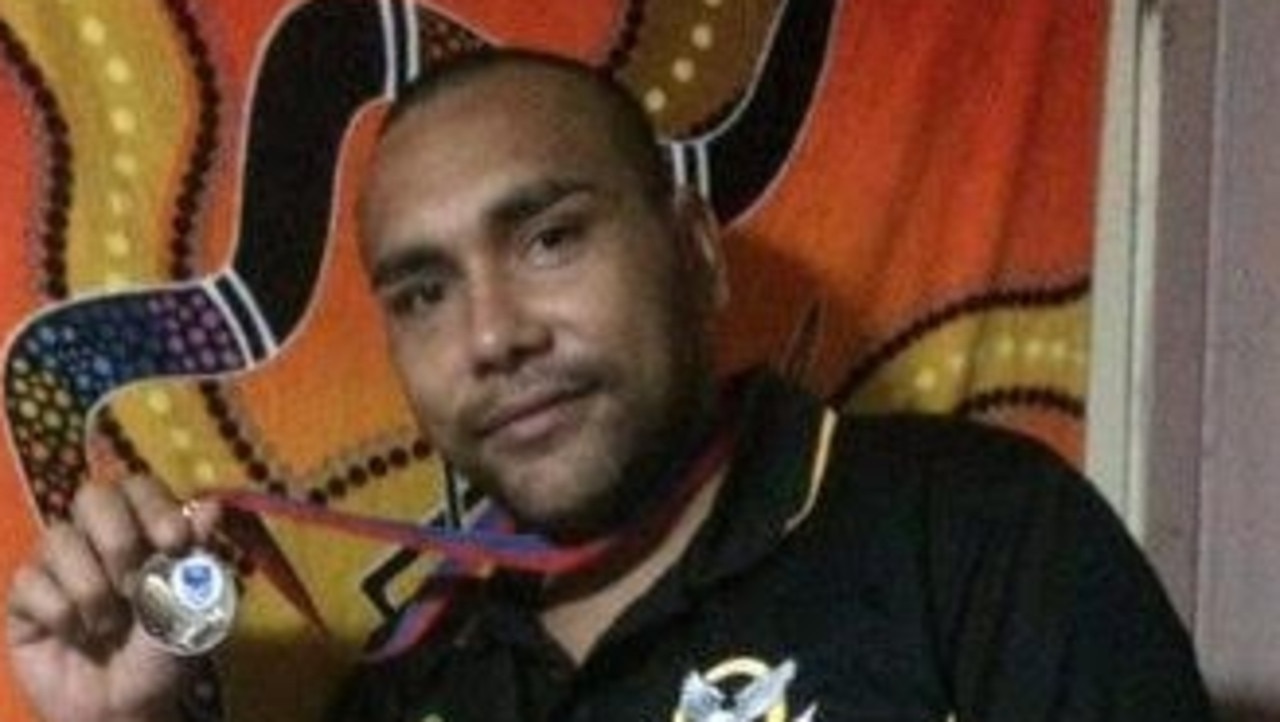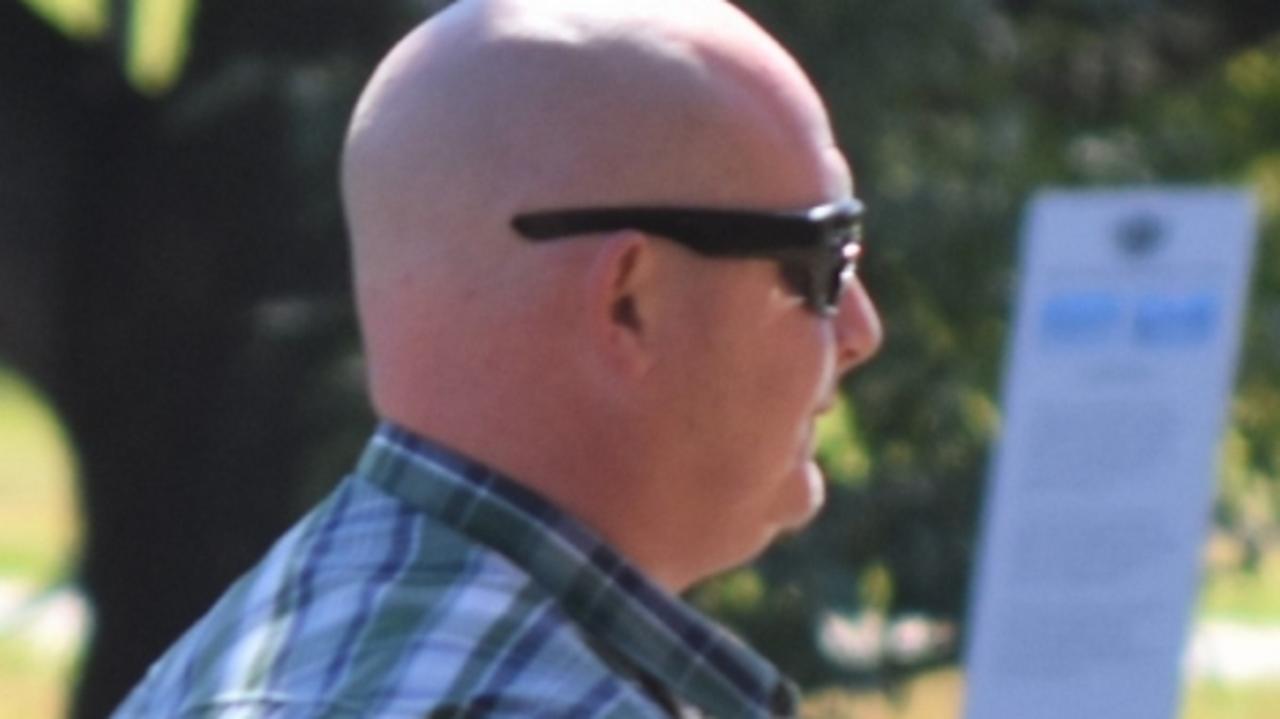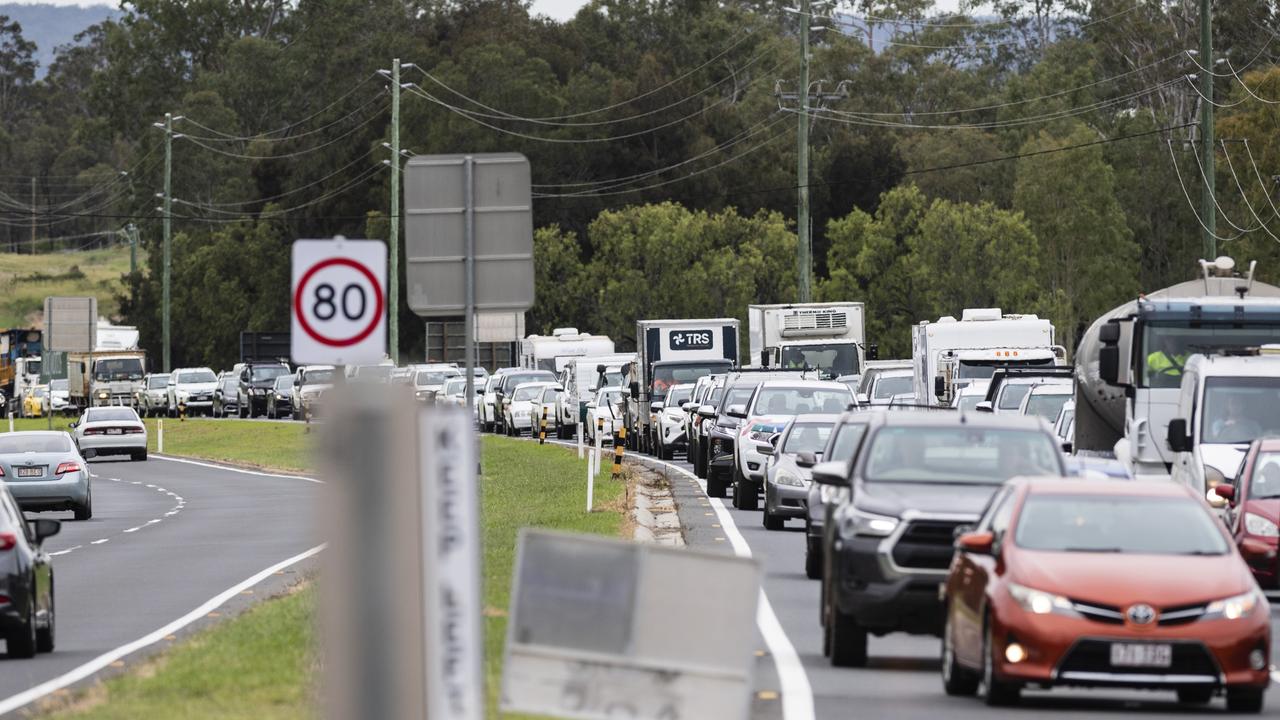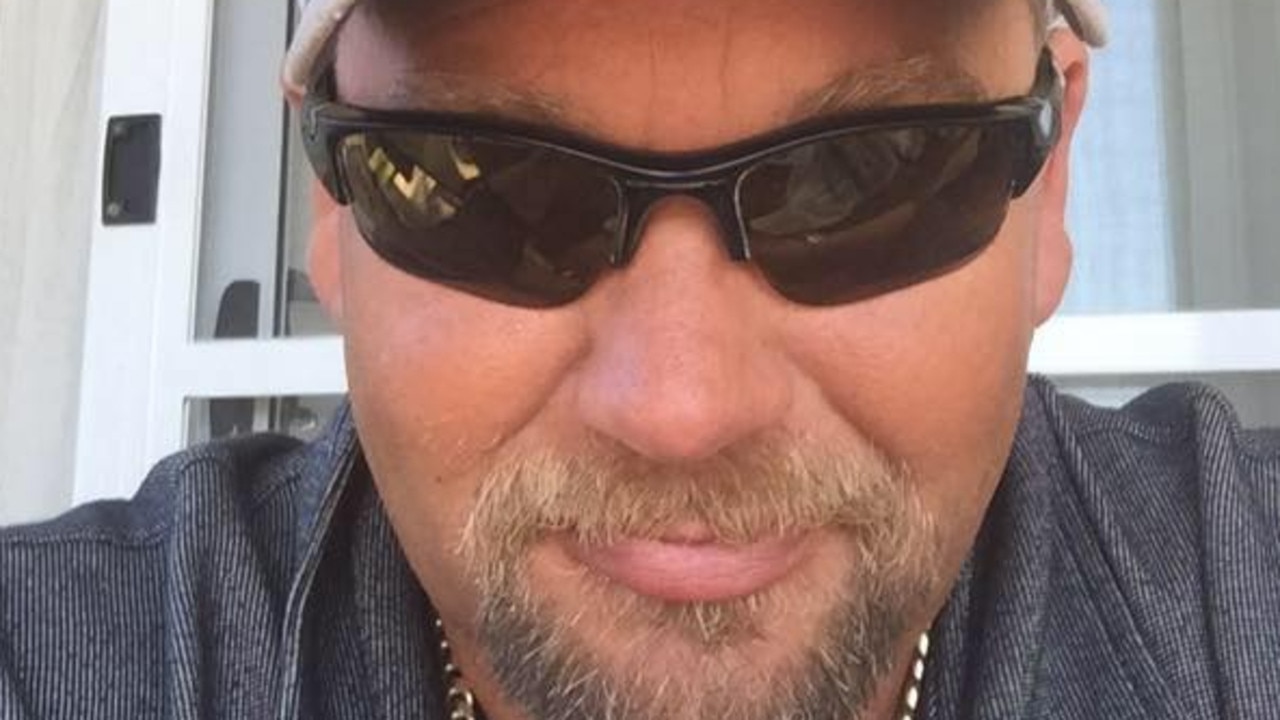$2m robot lends a hand at St Vincent's
CAROLINE Freyburg has become the first patient to receive a knee replacement with a new robot - the Mako Robotic-Arm Assisted Surgery System.
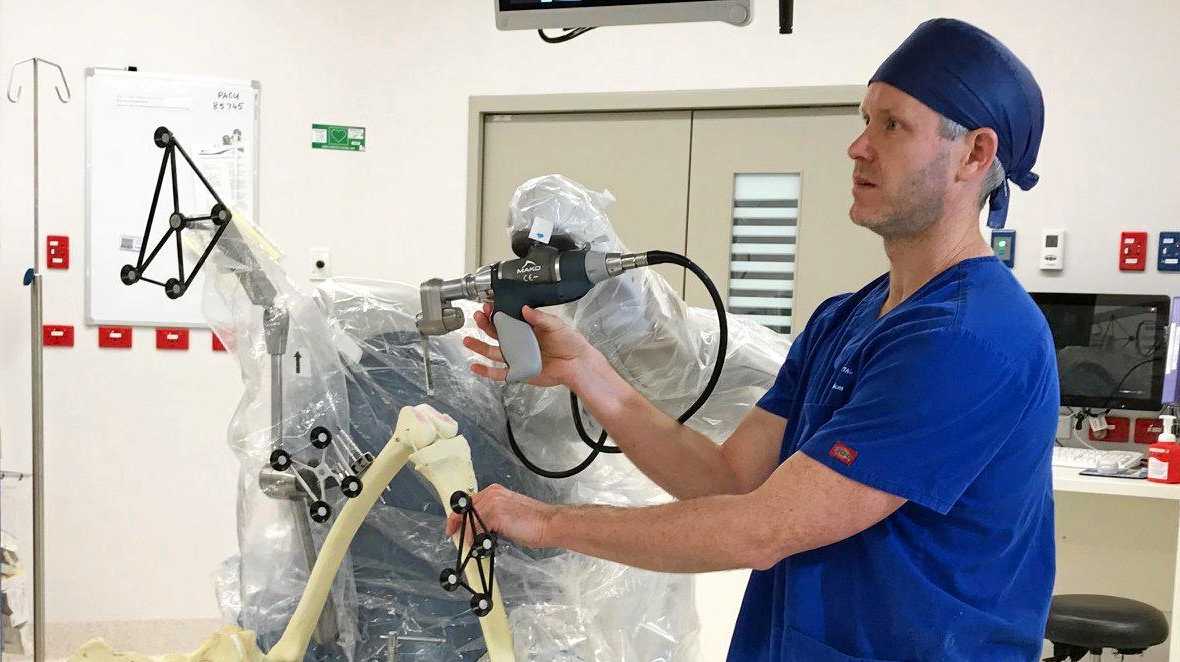
News
Don't miss out on the headlines from News. Followed categories will be added to My News.
CAROLINE Freyburg has become the first patient to receive a knee replacement with St Vincent's Private Hospital Toowoomba's new robot - the Mako Robotic-Arm Assisted Surgery System.
The robot-assisted surgery was performed by Dr Alan Loch in a region-first.
Dr Loch said that the use of the $2 million robot provided more pre-operative planning, as well as more information about the procedure while performing the operation.
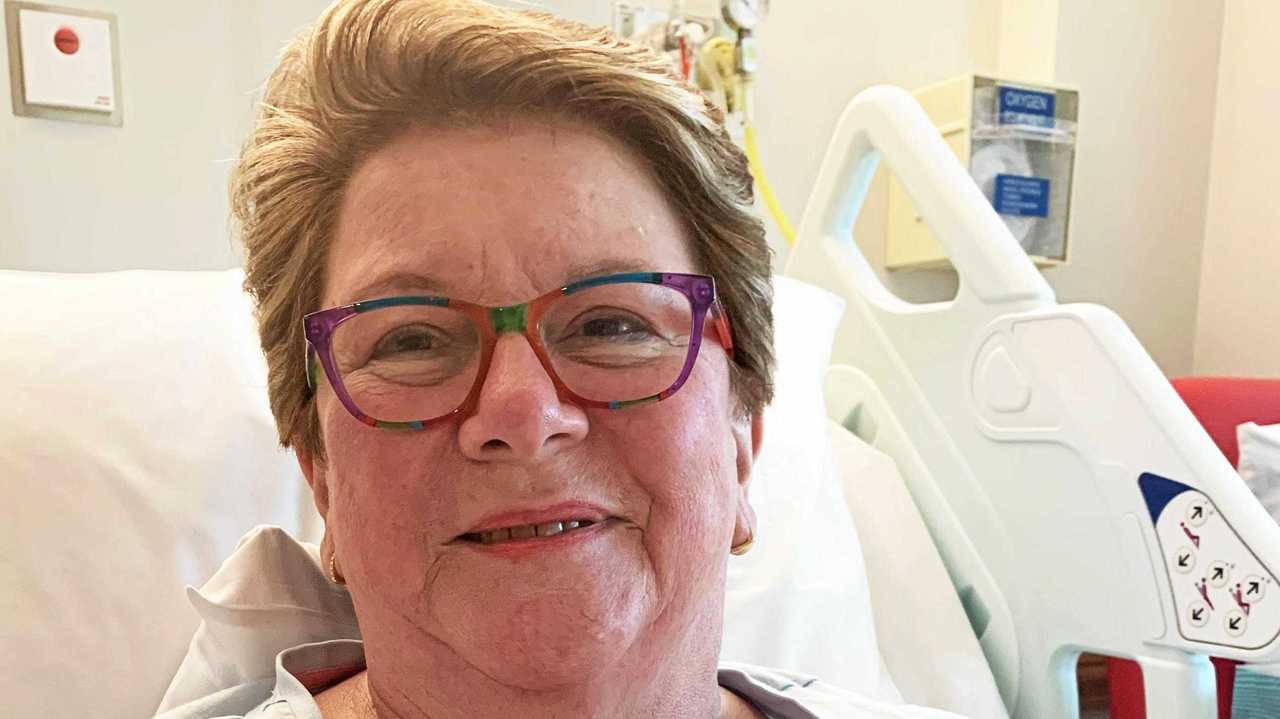
"The goal is less pain and faster recovery for the patient. The robot increases the degree of precision and planning available," he said.
Mrs Freyburg was living with painful osteoarthritis and is now looking forward to celebrating life with her new knee and a quick recovery, having planned an overseas walking holiday early next year.
"I am thrilled to be the first patient to be able to have knee surgery with the robot," she said.
"Dr Loch has been fantastic in explaining everything to me and making me feel comfortable. I have already been up and about and look forward to my new knee without any pain.
"I think it is really important that I have been able to have this surgery with the robot here in Toowoomba without having to travel and the need to deal with the extra stress of being away from my family."
Mako Robotic-Arm assisted surgery starts with a CT scan of the impaired joint.
The scan is used to generate a 3D virtual model of the patient's unique anatomy.
This virtual model is loaded into the Mako System software and is used to create a personal plan for the surgery.
The implant size and placement can then be planned and reviewed prior to surgery.
During the operation and prior to the placement of the implant, the Mako System provides real-time data to the surgeon, allowing them to validate the pre-op plan and make any final adjustments.
The surgeon then executes the plan using the haptic-guided robotic arm.
The robotic arm guides the surgeon to accurately remove the planned bone while protecting surrounding bone and soft tissues.
The need for joint replacements is expected to rise in the next decade.
At St Vincent's Hospital, orthopaedic surgeons perform more than 600 joint replacements each year.
Originally published as $2m robot lends a hand at St Vincent's

